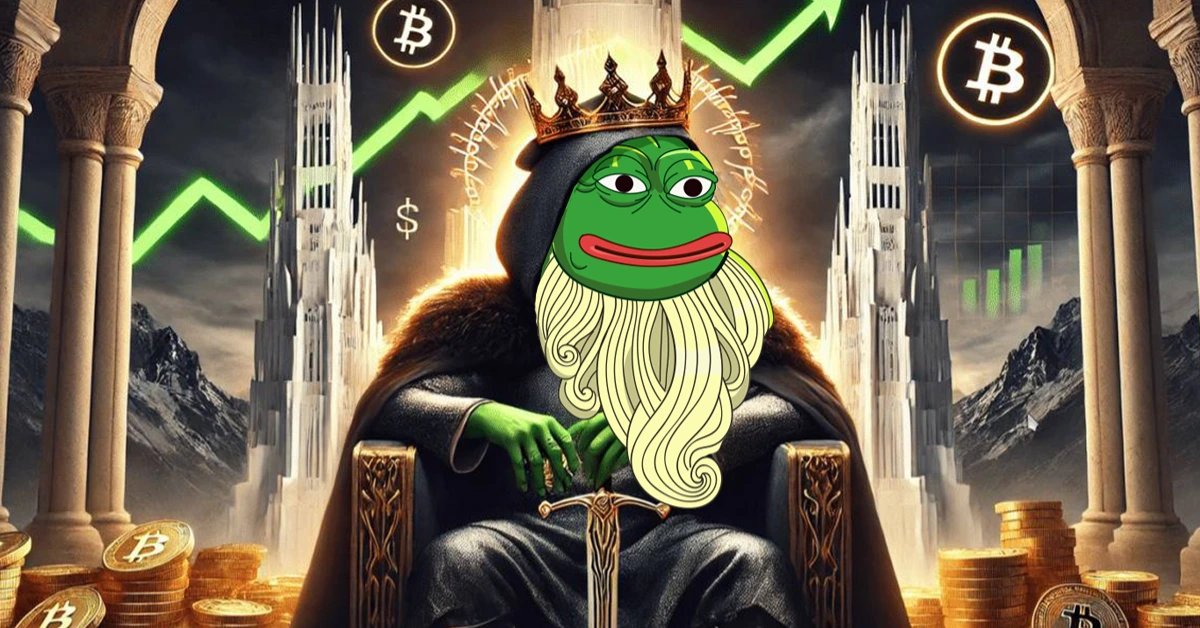Why Bitcoin's Price Didn't Surge After the Fed's Interest Rate Cut
Crypto Tips recently published a video on YouTube explaining why the Bitcoin price failed to explode after the Federal Reserve's decision to reduce interest rates by 50 basis points. This is the first such cut since 2020.
The analyst argues that the interest rate cut does not directly impact BTC's price in the short term. Instead, the major concern is the $1 trillion that the Fed prints every 100 days to cover debt.
Role of Open Interest and Leverage
High open interest is cited as a reason for Bitcoin's failure to rise as anticipated. Many traders are taking risky bets on the price increasing.
The analyst warns that these traders resemble gamblers, and many may be forced to sell if they begin to lose money. This could lead to a temporary dip in Bitcoin's price before it recovers.
He compares the current six-month period of price stability to previous cycles, particularly 2020, when Bitcoin remained within a similar range for around 160 days before surging.
Even during a period of rising interest rates, BTC's price climbed from $15,500 to $30,000. He predicts that after the anticipated sell-off, Bitcoin could rally to $100,000 or more. He believes that a reduction in excessive leverage will strengthen the market, laying the groundwork for substantial growth.
Key Factors Influencing Bitcoin's Price
Crypto analysts identify the following factors as primarily influencing Bitcoin's price:
- Monetary inflation: the money being printed by the Federal Reserve
- High leverage and open interest in Bitcoin futures
- Accumulation phases, as Bitcoin has historically experienced periods of relative quiet before significant price increases
For more daily crypto updates, follow us on Twitter (X), CoinMarketCap, and Binance Square. Join our FREE Telegram group to receive our future calls.



 BlockchainReporter
BlockchainReporter CoinPedia News
CoinPedia News TheNewsCrypto
TheNewsCrypto CFN
CFN DogeHome
DogeHome Optimisus
Optimisus Crypto News Land
Crypto News Land Optimisus
Optimisus






















